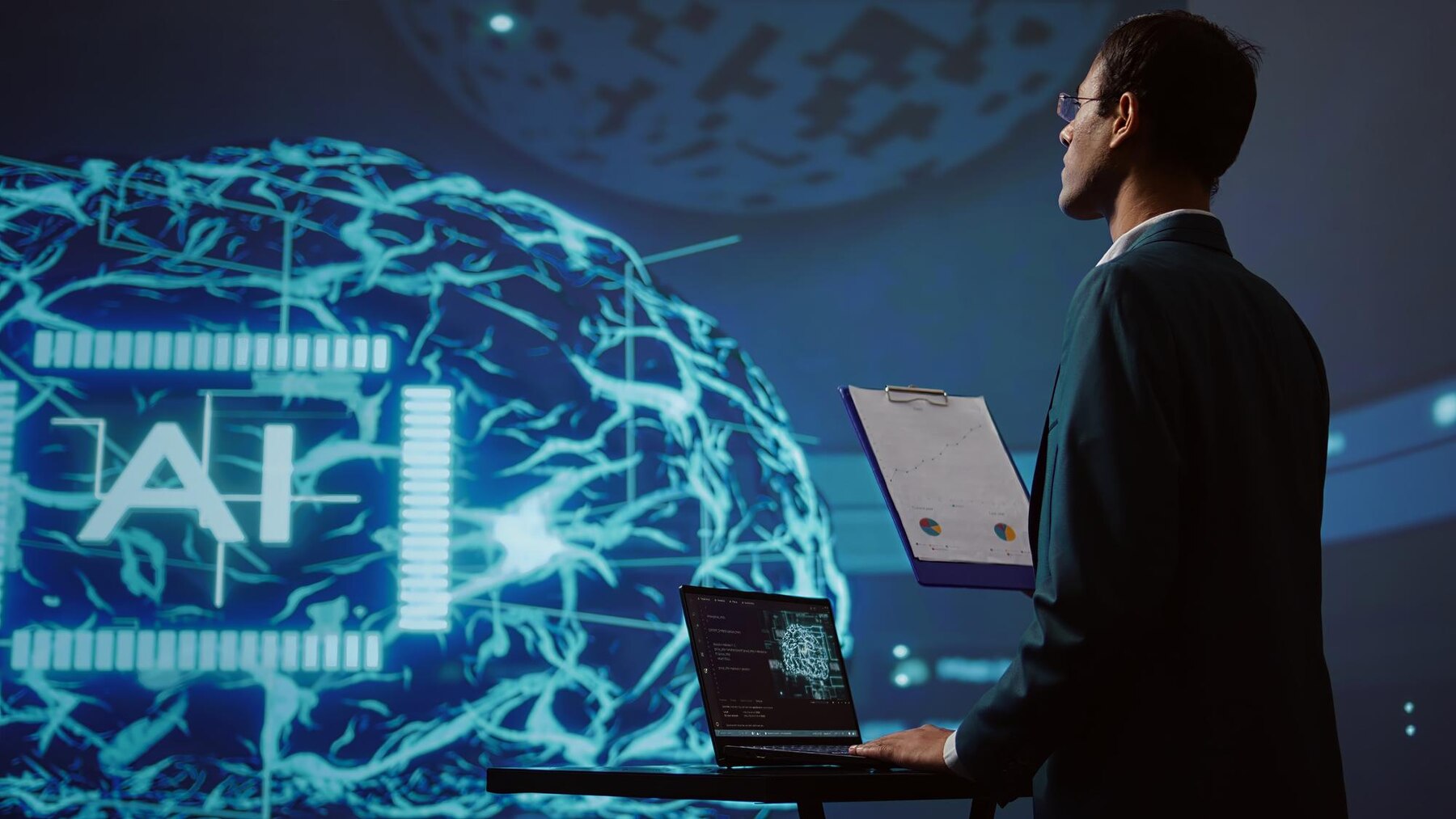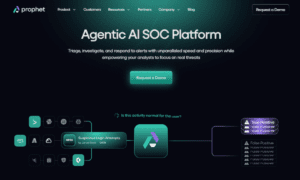The growing adoption of AI tools is transforming software development. Stack Overflow found that 76% of developers were either using or planning to use AI tools in their workflows in 2024, an increase from 70% in 2023, and the AI software development market is expected to grow to $1.34 billion by 2029.
Agentic AI is also making its way into software development. AI agents are autonomous systems capable of executing complex tasks without human intervention. This shift toward independent AI systems enhances the efficiency and decision-making process of software development teams.
In this interview, we discuss the role of AI agents in software development with Adir Ben-Yehuda, CEO of AutonomyAI, which recently came out of stealth with $4 million in pre-seed funding. The company’s proprietary Agentic Context Engine (ACE) integrates with its users’ codebases, enabling a suite of AI agents to dynamically adapt according to contextual nuances and generate production-grade front-end code. AutonomyAI’s solutions not only enhance productivity but also allow organizations to rebuild their approach to research and development. In this interview, Ben-Yehuda shares insights into AutonomyAI’s mission, the potential of agentic AI in software development, and the broader implications for the industry’s future.
Can you share the vision behind AutonomyAI and how the $4 million pre-seed funding supports it?
The vision behind AutonomyAI is to fundamentally rethink the way software is generated. We are focused on the very top of the software creation funnel — the point where ideas start translating into real, production-grade software. We aim to build systems that allow companies to generate software efficiently, accurately, and at a level that is ready for production deployment from day one. The $4 million in pre-seed funding is a crucial part of this journey. It provides us with the resources to continue developing our Agentic Context Engine (ACE), build out our team, and push forward in creating a truly differentiated product. It also enables us to work closely with early customers to ensure we are solving real-world problems at the right scale and quality.
How does AutonomyAI’s ‘Agentic Context Engine’ differentiate its approach from other AI coding solutions in the market?
AutonomyAI’s Agentic Context Engine (ACE) brings a fundamentally new approach to AI-driven code generation. Unlike many solutions that focus narrowly on code generation, ACE is designed to optimize three critical dimensions, which we call the TripleR benchmark: Retrievability, Representation, and Repetition. In traditional AI workflows, even a minor drop in accuracy at each step leads to significant cumulative failures. For example, if an agent succeeds 90% of the time per step, a simple five-step task would only succeed around 60% of the time, assuming an optimistic view where steps are independent.
This fragility is why ACE was built: it ensures that agents not only retrieve information correctly but also represent it meaningfully and repeat processes consistently. Our engine lives on the codebase itself, adapting dynamically and feeding agents exactly what they need, when they need it, to maximize success rates and production stability.
What strategies does AutonomyAI adopt to ensure a smooth and effective integration process for businesses planning to integrate its solution into their existing development workflows?
Interestingly, we view this challenge a little differently. Rather than focusing solely on fitting into existing development workflows, AutonomyAI aims to transform how companies create software altogether. Our strategy is to directly impact the core of software development by changing how code is created, improving both the velocity and quality of output. This approach allows us to offer a profound shift in development efficiency, rather than being just another tool that plugs into a traditional workflow. Integration becomes not about adapting AutonomyAI to your old ways, but about unlocking entirely new possibilities in how software is imagined and delivered.
As AI becomes more prevalent in software development, concerns about code quality and maintainability become more critical. How does AutonomyAI ensure that the code it generates meets industry standards and aligns with a company’s specific requirements?
That’s an excellent and important question. At AutonomyAI, we generate code from scratch rather than merely reusing or patching existing codebases. We recognize that not all legacy code is “clean” or well-structured. That’s why we don’t just blindly trust the source material; instead, we carefully learn the organization’s actual code standards, including nuances, best practices, and specific conventions. We then generate code that not only meets but reinforces these standards. Moreover, if the components within a company’s system aren’t aligned to their ideal coding standards, our system will correct and align them, ensuring consistency, maintainability, and quality across the board.
Security is another critical concern when integrating AI into development processes, especially when it comes to plugging into codebases. How are these potential vulnerabilities addressed? What measures are in place to protect against AI-targeted cyber threats?
Security is absolutely paramount for us. AutonomyAI is built with security-first principles from the ground up. Our solution runs locally on the machine, which means sensitive information remains within the company’s infrastructure. When we interact with external large language models (LLMs), we ensure that only partial, contextually necessary code snippets are sent — never the full codebase. This “partial view” significantly minimizes exposure risks and ensures that critical intellectual property and sensitive information are never unnecessarily revealed to third parties.
AI coding agents are increasingly capable of handling complex tasks autonomously. How does AutonomyAI’s technology align with the evolving landscape around agentic AI?
We see ourselves as pioneers in this space. With ACE, we are creating a new category in autonomous software generation. Our vision is to enable truly autonomous, agent-driven workflows that do not require human intervention for most software development tasks. The goal is to achieve a 95% code acceptance rate, where the output from our agents is production-ready without extensive manual review or rework. This sets a new standard for what agentic AI can accomplish and positions AutonomyAI as a leader in defining the future of software development.
Looking ahead, what are your strategic priorities? How do you plan to navigate the competitive landscape of AI-driven software development tools?
Our strategic focus is evolving. We plan to move beyond the IDE plugin model that many AI tools are stuck in. Instead, we’re building an experience that starts inside the ticketing systems — like Jira or Linear — where software work begins.
Imagine assigning a ticket, and rather than a human developer picking it up, our agents autonomously complete the work and deliver a fully functional, production-ready result. By operating at the task management layer, we create a seamless experience that accelerates software delivery and fits more naturally into existing operational systems, giving us a significant edge in the competitive landscape.
As AI continues to reshape various industries, what is your overall perspective on the impact of AI on the future of business?
AI has already made a remarkable impact, especially by making individual contributors more efficient. However, it still has a long way to go before it fully transforms how businesses operate. The true breakthrough will happen when AI moves from being a “cool” tool for prototyping or accelerating tasks into something businesses can scale and rely upon at their core. At AutonomyAI, that’s exactly what we’re focused on — transforming AI from a productivity booster into a foundational enabler for building and growing real businesses, particularly through the lens of software creation.



































